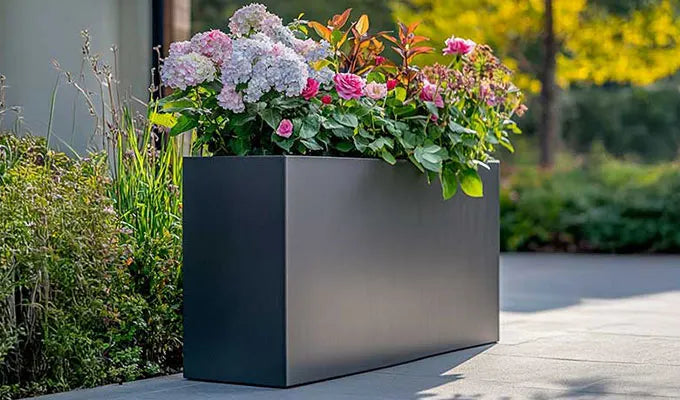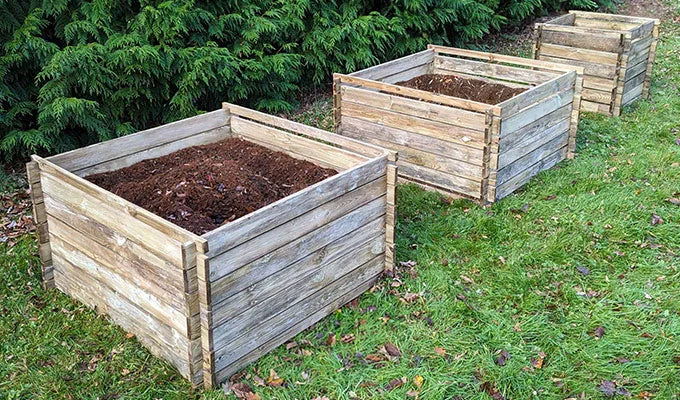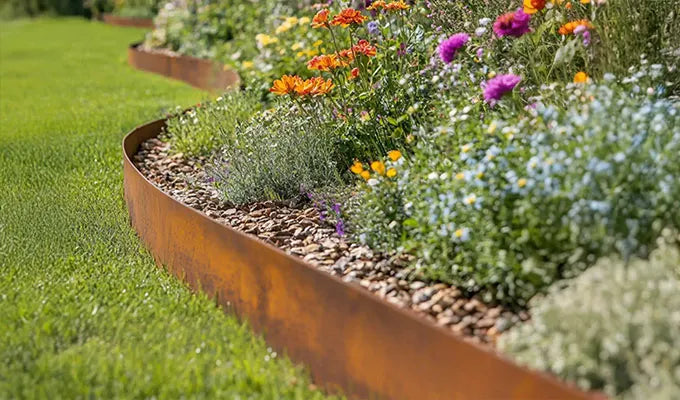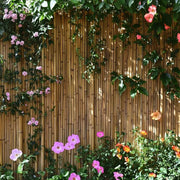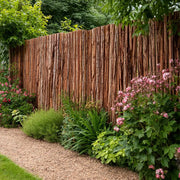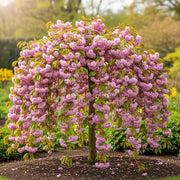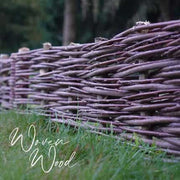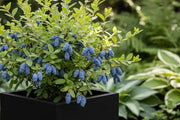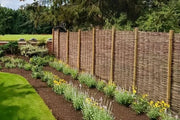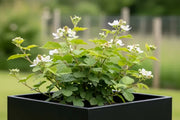Honeyberries: The Unique, Early-Season Superfruit for Your Garden
Often overlooked in favour of more traditional soft fruits, honeyberry bushes, scientifically known as Lonicera caerulea, are quickly gaining recognition as a fantastic addition to the British garden. These hardy shrubs offer a delightful, early-season harvest of intensely flavoured berries, perfect for gardeners across the UK seeking something a little different.
What are Honeyberries?
Honeyberries produce elongated, often cylindrical berries that resemble a stretched blueberry. Their flavour is a unique blend of tartness and sweetness, sometimes with notes of raspberry or blackcurrant. They are incredibly nutritious, packed with antioxidants, vitamins, and minerals, earning them a well-deserved superfood status. The plants themselves are deciduous shrubs, growing to a manageable size, typically 1.5 to 2 metres in height and spread, making them versatile for various garden sizes and designs.
Ideal for the English Climate and Landscape
One of the most compelling reasons to grow honeyberries in the UK is their exceptional hardiness. They are remarkably tolerant of cold temperatures, shrugging off frosts that might damage other fruit blossoms. This makes them perfectly suited to the variable British weather, including colder regions and late spring frosts. They thrive in most parts of the country, from the milder south to the cooler north. Their adaptable nature means they can be incorporated into mixed borders, as an underplanting, or even as an attractive, fruit-bearing hedge.
Growing Honeyberries in Your Garden
Honeyberries are relatively unfussy plants, making them ideal for both seasoned gardeners and beginners. Here’s how to get the best from them:
- Location and Soil: Plant in a spot that receives full sun for optimal fruit production, though they can tolerate partial shade. They prefer well-drained soil with a slightly acidic to neutral pH (5.5-7.5), similar to blueberries but less demanding. Incorporate plenty of organic matter, such as compost or well-rotted manure, into the planting hole.
- Pollination: This is perhaps the most crucial aspect. Honeyberries are not self-fertile. To ensure a good harvest, you absolutely need to plant at least two different varieties that flower at the same time. Varieties like 'Aurora', 'Borealis', 'Indigo Gem', and 'Tundra' are popular choices and often pollinate each other effectively.
- Planting: Dig a hole twice as wide as the root ball and just as deep. Gently tease out the roots before placing the plant, ensuring the top of the root ball is level with the soil surface. Backfill, firm gently, and water thoroughly. If planting in the ground, space them about 1 to 1.5 metres apart.
- Growing in Planters: Honeyberries are an excellent choice for container growing, perfect for patios, balconies, or smaller gardens. Choose a large pot, at least 40-50 cm in diameter, to allow for root growth. Use a good quality, free-draining potting compost, ideally one formulated for ericaceous plants or a general-purpose compost mixed with some grit. Ensure the pot has ample drainage holes. Container-grown plants will require more frequent watering and feeding than those in the ground.
- Watering and Feeding: Keep the soil consistently moist, especially during dry spells and when the fruit is developing. A layer of mulch around the base of the plant will help retain moisture and suppress weeds. Feed in early spring with a balanced general-purpose fertiliser, and for container plants, consider a liquid feed every few weeks during the growing season.
- Pruning: Honeyberries don't require extensive pruning. In the first few years, simply remove any dead, damaged, or weak growth. Once established (after 3-5 years), an annual prune in late winter or early spring can involve removing older, less productive stems to encourage new growth. Aim to maintain an open, airy structure.
Flowering and Fruiting Times
Honeyberries are celebrated for their incredibly early season. In the UK, they typically burst into flower in early spring, often as early as March or April. Their small, creamy-white flowers are surprisingly frost-tolerant. The fruit then develops rapidly, leading to a harvest usually in late May to early June, well before strawberries or raspberries begin to ripen. This makes them invaluable for extending the berry season. The berries are ready to pick when they are dark blue all over and feel soft to the touch. They will not ripen further once picked, so wait until they are fully ripe for the best flavour.
Culinary Uses
Freshly picked honeyberries are delicious straight from the bush. Their tart-sweet flavour makes them superb in pies, crumbles, jams, jellies, and sauces. They can also be added to smoothies, yoghurt, or breakfast cereals. Their high pectin content makes them particularly good for jam-making, and they also freeze beautifully for year-round enjoyment.
For a unique and rewarding addition to your British garden, honeyberry bushes offer not only delicious, superfood berries but also impressive hardiness and ease of cultivation. Whether in the ground or in a planter, these early-season gems are sure to become a cherished part of your homegrown harvest.

